Discover 11 hidden attractions, cool sights, and unusual things to do in Tórshavn (Faroe Islands). Don't miss out on these must-see attractions: Tórshavn Cathedral, Listasavn Føroya, and Mariukirkjan. Also, be sure to include Skansin in your itinerary.
Below, you can find the list of the most amazing places you should visit in Tórshavn (Streymoyar).
Table of Contents
Tórshavn Cathedral
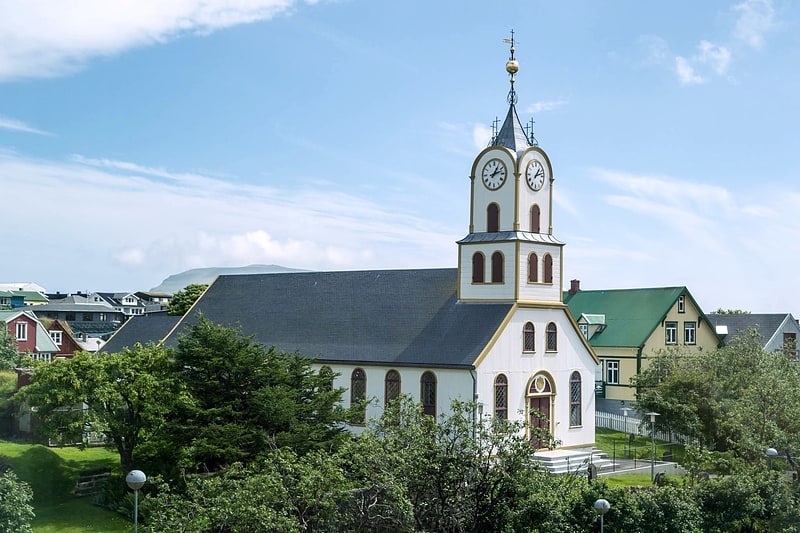
Also known as: Havnar Kirkja
Striking local church, built in 1609. Tórshavn Cathedral is the second oldest received church of the Faroe Islands, on Tinganes in the old town of Tórshavn. Painted white, and roofed with slate, it was established in 1788. The cathedral lies in the north of the peninsula of Tinganes and is one of the main attractions of the town. Like most churches of the country it belongs to the Evangelical-Lutheran national church of the Faroe Islands. Since 1990, it has been the seat of the Bishop of the Faroes and is therefore known as a cathedral.[1]
Address: Tinghúsvegur 8, Tórshavn
Listasavn Føroya

Local art and history in a modern space. Listasavn Føroya is an art museum in Tórshavn, Faroe Islands for mostly permanent exhibits of Faroese arts.
Established in 1989, it consists of a gallery called Listaskáli (since 1970) and another for historic arts (since 1993) with an area of 1,600 m2.
The museum is located at the northern end of the Park of Tórshavn nearby the Nordic House in the Faroe Islands.
Architect of the building was J.P. Gregoriussen. The building hosts the Faroe Islands Artist's Association Listafelag Føroya.
The museum is independently managed by a board of four, representing a person of the state government, the artist's association named above, the artist's union and the city council of Tórshavn (one of each).
Listasavn Føroya is open year-round. From May 1 to 31 of August the museum is open all days of the week from 11 to 17. From 1 September to 30 April the museum is open Tuesday to Sunday from 13 to 16. The building hosts a coffee shop and a book and art store.[2]
Address: Gundadalsvegur 9, 100 Torshavn
Mariukirkjan
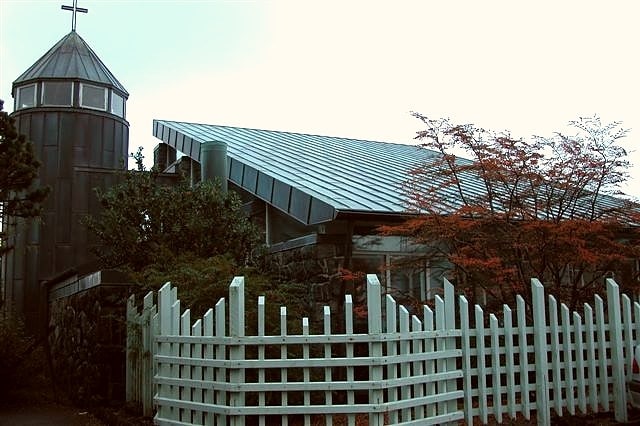
Catholic church in Tórshavn, Faroe Islands. The St. Mary's Church is a parish of the Roman Catholic Church located in Mariugøta 4 in the city of Tórshavn, the capital of the Faroe Islands, in the Diocese of Copenhagen.
While Catholicism was present in the Faroes from 999 AD, after the Danish Reformation, the last Catholic bishop in the islands was executed in 1538. In 1931 two young priests, E. G. Boekenoogen and Thomas King, undertook the task of restoring the Catholic presence in the Faroe Islands. In a rented house to the Franciscan sisters who came to the Faroes in 1931, a small church was consecrated on May 23 the same year. Along with the new school of St. Francis, the sisters had built the new St. Mary's Church was consecrated on June 1, 1933.[3]
Address: Mariugota 4, 100 Torshavn
Skansin
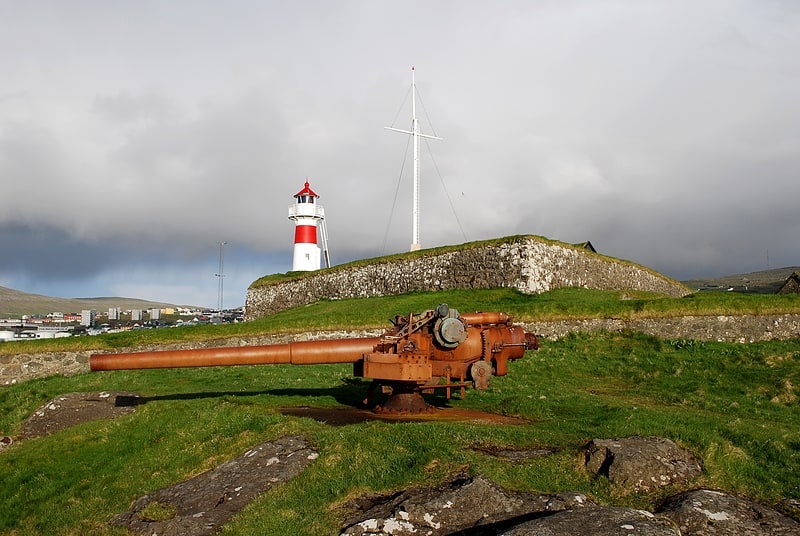
Historical landmark in Tórshavn, Faroe Islands. Skansin is a historic fortress in Tórshavn, the capital of the Faroe Islands.
Skansin is located on a hill beside the port of Tórshavn. The fort was built in 1580 by Magnus Heinason to protect against pirate raids of the town, after he himself was nearly caught up in one such raid. The fort was expanded considerably in 1780 and went through a series of rebuilds for many years afterwards. During the Second World War the fort served Britain as a military base. Two 5.5 inch guns date from the British occupation, standing along with many older Danish cannons.
One of the Faroese lighthouses, the Skansin Lighthouse (Skansin international lighthouse), towers over the fortress, pointing the way to the capital. The strategic location of the fort offers tourists picturesque views of Tórshavn port, surrounding landscape and views out towards Nólsoy island.[4]
Tinganes

Tinganes is the historic location of the Faroese landsstýri, and is a part of Tórshavn. The name means "parliament jetty" or "parliament point" in Faroese.
The parliament met there for the first time in the Viking ages when Norwegian colonists placed their Ting on the location in 825. It is one of the oldest parliamentary meeting places in the world, along with Tynwald hill on the Isle of Man and Þingvellir in Iceland. The Løgting has since moved to the north of the city, but the home-rule government still sits here.
The building on the outermost point on the small peninsula of Skansapakkhusið is currently the government's main building. The small main street on the peninsula is called Gongin and is home to the oldest parts of the city. Many of the houses on Tinganes were built in the 16th and 17th centuries and are still in use today.
The peninsula divides the Tórshavn harbour in two parts, Eystaravág and Vesteravág.[5]
The Nordic House
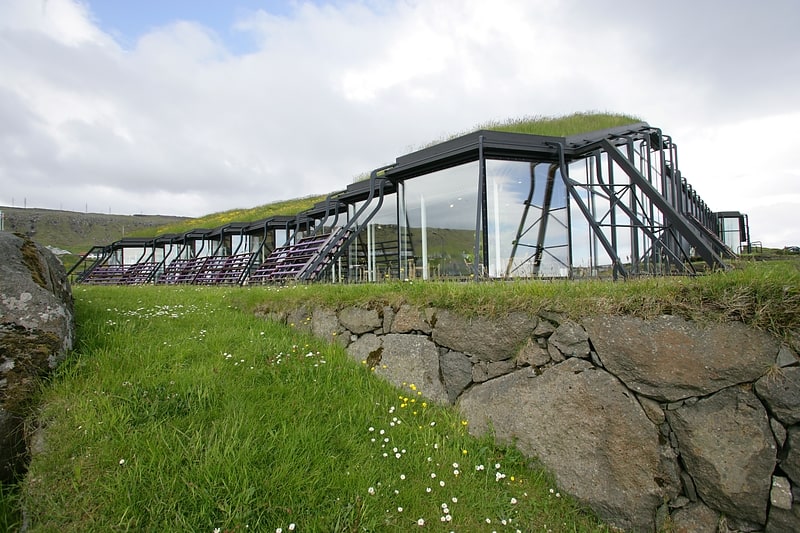
Also known as: Norðurlandahúsið í Føroyum
Cultural center in Tórshavn, Faroe Islands. The Nordic House is a cultural institution in the Faroe Islands. Its aim is to support and promote Nordic and Faroese culture, locally and in the Nordic region.[6]
Address: Nordari ringvegur, 100 Torshavn
Vesturkirkjan
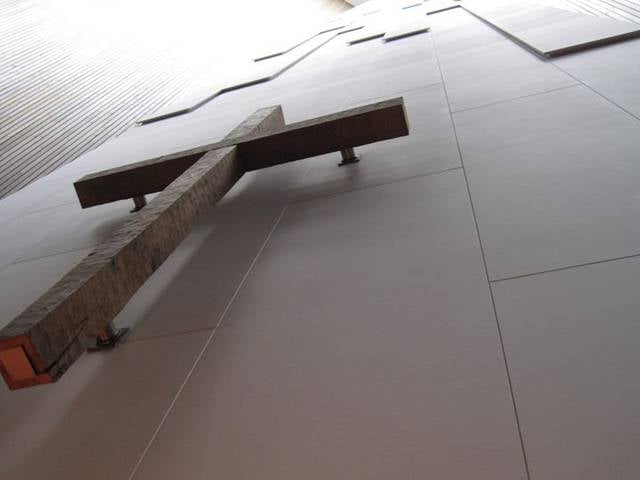
Church
Address: Landavegur 44, Tórshavn
National Library of the Faroe Islands
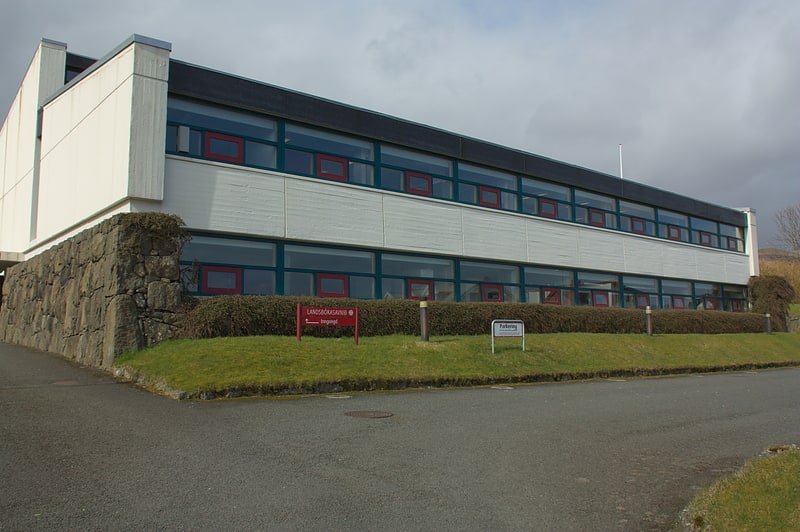
Also known as: Føroya Landsbókasavn
Library in Tórshavn, Faroe Islands. The National Library of the Faroe Islands is the national library for the Faroe Islands, a self-governing country within the Kingdom of Denmark. It is both a public and a research library.
The library houses the largest collection of works written in Faroese, works written by Faroese in other languages or translated by them, and works written about the Faroe Islands.[7]
Listagluggin
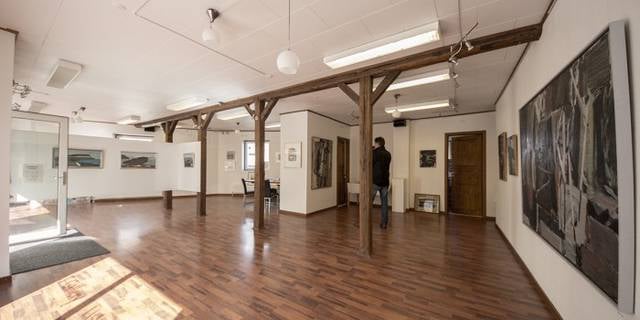
Museum, Art gallery
Address: Dr. Jacobsensgøta 15, Tórshavn
Catholic Church in the Faroe Islands
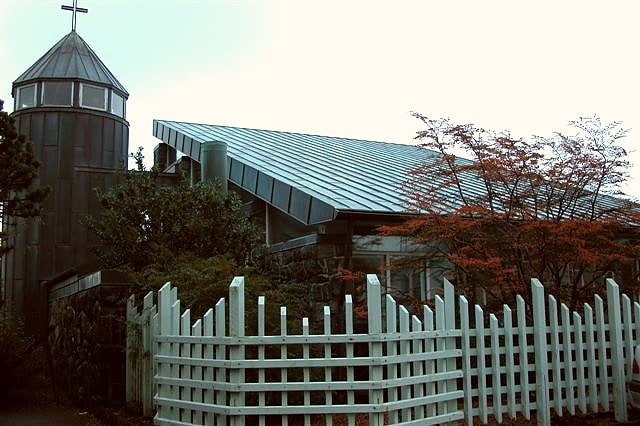
Also known as: Katólsk kirkja í Føroyum
The Catholic Church in the Faroe Islands goes back to the year 999, when king Olav Tryggvason of Norway sent Sigmundur Brestisson on a mission to the islands with several priests. The islands became an independent diocese in 1111, but were officially reformed in 1537 and the last Catholic bishop was executed in 1538. After 1538, the Catholic Church was only revived in 1931 as a part of the bishopric of Copenhagen. The state church is now the Protestant Faroese People's Church.
Today there are about 270 Catholics from over 23 nations living on the Faroe Islands. Their center of worship is Mariukirkjan (St Mary's Church) in Tórshavn, the only Catholic church on the Faroes. Although the Catholic presence is small, the Church has had a large impact through the St. Francis school, run by the Franciscan Sisters since its establishment in 1933.[8]
Reinsaríið
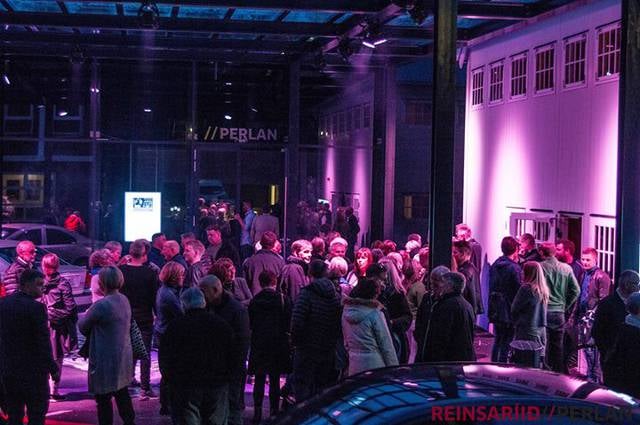
Address: Tórsgøta 3, Tórshavn